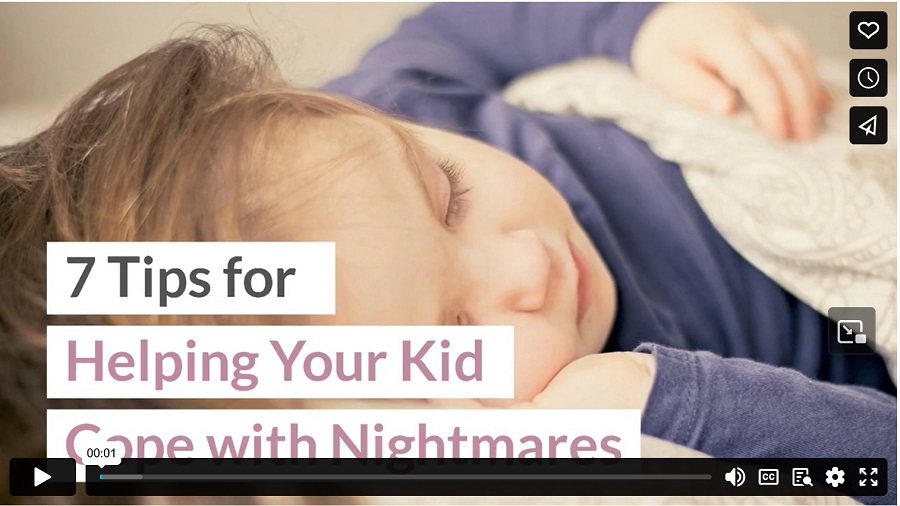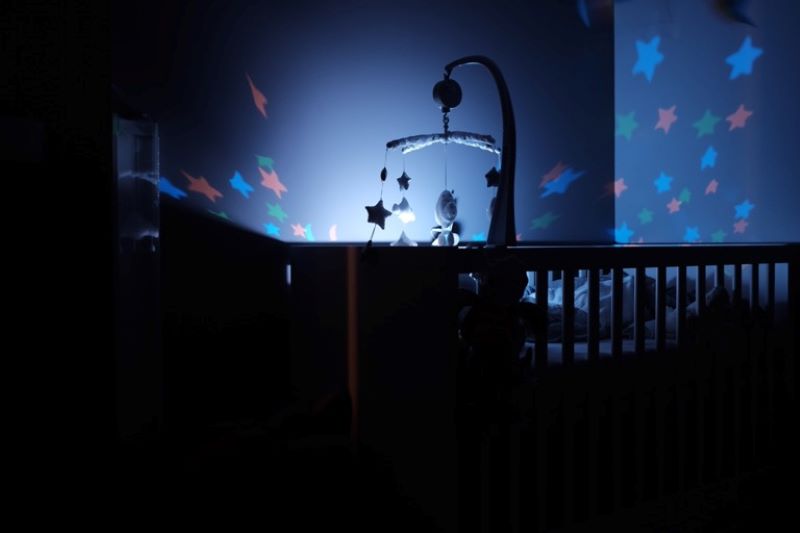Lois Lowry, the award-winning author of the children’s book The Giver, wrote a fictional book called Gossamer that dove into the world behind dreams. In it, little invisible creatures called dreamgivers touch items around people’s homes after everyone goes to bed. As they lightly touch the objects – a button, a shoe, a handkerchief – they pick up the memories associated with those items and weave the memories into dreams. The dreamgivers then bestow the dreams upon the people in the house. This behind-the-scenes action explains why dreams often have familiar yet unrelated fragments and themes throughout them.
The antagonists in the stories are dreamgivers-gone-bad called Sinisteeds. These creatures take the form of dark horses that delve too deeply into each artifact’s memory, thus retrieving negative memories and thoughts. The Sinisteeds then twist this dark information into nightmares that frighten the dream receiver.
Gossamer is obviously a fictional story, but your brain does similar things to create dreams and nightmares. Scientists aren’t 100% sure what causes dreams, but they think your brain creates them by taking real-life memories and mushing them together in a new way. This process might help your brain make sense of real-life experiences and emotions to improve future interactions.
Similarly, things that scare us in real life sometimes show up during our sleep as nightmares. One theory behind nightmares is that it prepares the brain to make quick decisions should scary situations arise during our hours awake.
Children aged three to eight have the most nightmares of any other age category. Some things that could cause nightmares in children include stress, anxiety, recent changes, or any sort of trauma. But potentially the most frustrating thing is that nightmares often don’t have a rhyme or reason for when or why they appear. Unfortunately, once they rear their ugly head, your child suddenly won’t sleep through the night again because the thought of a nightmare causes enough stress and anxiety to generate more nightmares. So begins the vicious cycle.
Regrettably, there isn’t anything you can do to stop nightmares forever, BUT there are some things you can do to make them less frequent.
1. Prevent Overtired
Interestingly, there is a link between overly tired children and those with frequent nightmares. For some reason, when children go to sleep a lot later than average, they tend to have more trouble getting to and staying asleep. Overly tired children also tend to have a higher rate of night terrors – intense bouts of screaming and flailing during sleep – than children who get an appropriate amount of sleep, though night terrors and nightmares aren’t the same thing.
Doing what you can to prevent the dreaded overtired can be the sleep help your kid needs to be nightmare-free. Having consistent routines, bedtimes, and naptimes are the first steps to having a restful night. Before bed, try to incorporate soothing activities like a warm bath, calm music, and lots of cuddles, stories, and songs to get your child ready and relaxed for restful sleep.
2. Introduce a Stuffie
Introducing a stuffed animal during a bout of nightmares can help lessen the occurrences. Some stuffies even have a temporary nightlight function that can help banish away shadows that cause anxiety. Even without a nightlight function, a new stuffed animal can provide comfort and confidence to your child that can help them get back to sleep quickly.
3. Practice Self-Calming Techniques
Practicing self-calming techniques throughout the day is a great thing even if your child isn’t currently experiencing nightmares. By practicing during the day, you are helping your kid build muscle memory and other self-soothing skills for when nightmares wake him at night.
4. Discuss During the Day
You may be tempted to flesh out the nightmares right when they happen, but it’s actually better for your child if you hash things out during the day. When it’s bright outside, there isn’t the added fear and complexity that comes with nighttime hours, so it’s easier to talk about scary things. Plus, during the day, there’s a little bit of space between the nightmare and your conversation about it, so solutions tend to be more rational and practical.
5. Reimagine the Ending
Harvard Medical School suggests working with your child to rewrite the ending of their nightmare, especially if the dream is recurring. During the daytime, talk through the dream with your child, and decide on a better, happier ending together. For example, a snarling dog trying to get you is actually a fluffy bunny needing a snuggle. Or a monster under your bed is a kitten playing with a ball of yarn. Right before bedtime, talking through the reimagined ending can help alleviate the anxiety that would otherwise cause the nightmare.
6. Use a Nightlight
People sleep best when their sleeping environment is very dark, but a nightlight can be a helpful tool when your kid won’t sleep because of nightmares. If you don’t want a nightlight on throughout the night, look for one that is touch or sound activated or that runs on a timer.
7. Validate Their Emotions Without Validating Their Fears
Perhaps the best thing you can do to help your child that struggles with nightmares is to validate their emotions. It’s easy to say, “Go back to bed! It wasn’t real!” but it felt very real to your child. Instead, take a moment to sit with your child and validate their feelings without validating their fears. Use phrases like:
- That sounds like a very scary dream. I’m sorry you were scared.
- You are always safe in our house.
- I am nearby if you need me.
- That was a dream, and you’re awake now. Everything is safe.
Avoid validating their fears by removing the offending thing from your house or daily conversations. Refusing to talk about frightening things can make them even more real and terrifying in a child’s mind. Instead, spend a little time during the day exploring the concept of the scary object. If grizzly bears are the scary thing in your child’s dreams, talk about them and look at pictures of them during the day. Discuss how unlikely it is to encounter a bear, but also talk about ways to escape should you run into one. Brief periods of exposure to the scary object during the day can help alleviate stress during the night.
Nightmares are a normal part of being a person, but they can be very distressing for both the person having the nightmare and the person who got woken up by screaming. There isn’t a surefire way to stop them, but there are a few things you can do each day to make them less frequent.
Infographic
Nightmares are scary and parents often feel helpless when their child experiences them and disturbs their restful sleep. Knowing how to deal with these nightmares and teaching your kids to cope with them can help them get back to sleep at night and lessen the frequency of these scary dreams. Read about these coping techniques in this infographic.

Video



